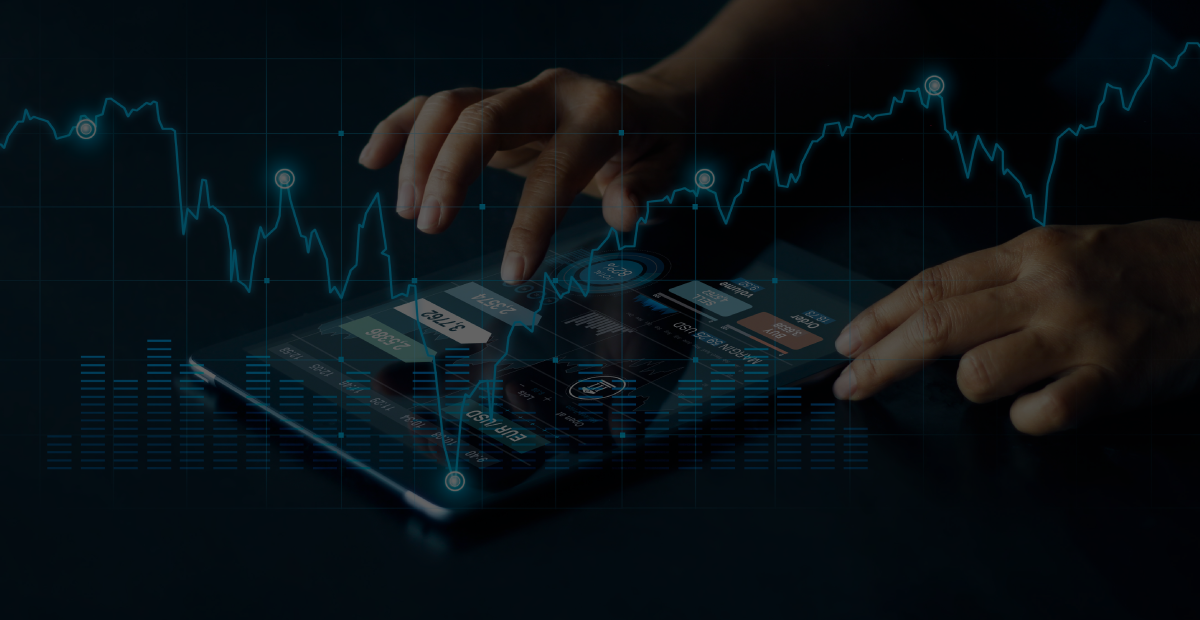Last week we introduced the idea that investors should be thinking about the long-term and investing accordingly. This translates into trying your best to ignore short-term noise in financial markets and to instead focus on investing in relatively predictable sources of growth.
This week, we’ll take this idea a step forward with an example. But first, let’s discuss the characteristics we’re looking for in more detail that define an ideal long-term investment trend.
First, we want it to be substantial, in other words, the bigger the trend is in its scale, the better as this creates a larger source of potential value creation from the scale of the change. Second, we want broadness too, in the sense that there are multiple angles from which we can potentially invest in the trend. The more diverse the opportunities to invest, the better. Third, we want as much predictability as possible. As discussed last week, predicting the future is extremely hard, so the more predictable our investment future is the better. Finally, we want a good entry point in terms of valuations. There’s no point investing in a trend if valuations of the potential investments are already so high it precludes investing in the first place!
To summarise this, our ideal long-term investment trend is: (i) substantial, (ii) broad, (iii), predictable, and (iv) good value.
Climate change is a great first example here. It is, arguably, the optimal long-term trend from the perspective of the first three of our criteria. It is substantial, in fact that is an understatement. Tens of trillions of dollars of capital will have to be invested over the coming decades into transitioning the world away from fossil fuels and into alternatives, while also mitigating other sources of emissions in complex and varied industries from agriculture to construction.
Climate change as a theme is very broad, offering opportunities to invest in every sector and in every geography, since this is a global problem that touches every sector of the economy.
It is also predictable to a certain extent. We do not necessarily know the timing of climate change, its effects, or the pace of mitigation efforts, but we can say with a high degree of certainty that it will involve a lot of investment in greener generating capacity (wind, solar, nuclear, grid infrastructure investment), it will also certainly require major investment in energy efficiency and technologies that do more with less energy across multiple sectors, from air conditioning systems to transportation technologies, from street lighting to data centres, all will increasingly be looking for solutions to reduce energy consumption.
The path to investing in long-term trends is, hopefully, becoming clearer. We are not making specific predictions about what the profit or loss on a particular business will be next quarter, or next year. We are making predictions about the likely 5-year, 10-year, and 20-year path for demand for products and services we know for a fact already work at supporting this trend. And we have the reassurance of the understanding of a trend we know offers considerable margin of safety for our investments, in the form of its scale, breadth, and predictability. The more research we do, the clearer it becomes to us, for example, that climate change mitigation does not work without major new investment in nuclear power, and so we can invest accordingly. Similarly, it’s almost impossible to reach net zero without major demand increases in renewables and associated input materials, and so we can invest accordingly.
Now you may have noticed we have missed out one of the characteristics of our ideal investment trend, the last one: ‘good value’.
Does investing in these sectors as part of the climate change trend offer good value?
Value is a function of the price paid and the quality of the asset, whatever you are buying. Optimally you want low price and high quality. The quality part takes time to research, but we can assure you, with respect to climate change, quality is out there in buckets. And everyone knows prices of virtually all stocks have been coming down this year, especially so in some of the suppliers into this trend.
Hopefully this is now putting the current market weakness into context as an investor. Nine months of weak stock markets, from the perspective of the long-term minded investor, simply dramatically improves the value function. In other words, the same quality exposed to the same long-term trend is now on sale at much lower prices!
For the long-term minded investor, now and over the coming months, with prices and valuations much lower compared to the past decade, is a very attractive opportunity to ramp up positioning in a long-trend like climate change, or in an investment strategy with exposure to this trend. Further price weakness in markets only makes that opportunity look even more attractive.
Disclaimer: The views expressed in this article are those of the author at the date of publication and not necessarily those of Dominion Capital Strategies Limited or its related companies. The content of this article is not intended as investment advice and will not be updated after publication. Images, video, quotations from literature and any such material which may be subject to copyright is reproduced in whole or in part in this article on the basis of Fair use as applied to news reporting and journalistic comment on events.


